PROTECT YOUR DNA WITH QUANTUM TECHNOLOGY
Orgo-Life the new way to the future Advertising by AdpathwayThere is a stereotype of people losing their faith while attending a secular college. They may be ruined by the pleasures of the world, bullied by atheistic professors, or simply lose their faith as they grow in “wisdom” after being freed from their parents’ brainwashing. As a state university graduate, I can confirm the atmosphere of hostility to faith, but many people lose their faith well before they are college age. While many people do lose their faith during this period, research indicates that a significant number of Catholics abandon their faith before adulthood, underscoring the importance of early religious formation. The survey data shows dual threats to Catholic faith, with different risks at different ages.
For many years, we have known that people often leave the Faith before adulthood. In 2009, the Pew Research Center reported:
Almost half of Catholics who are now unaffiliated (48%) left Catholicism before reaching age 18, as did one-third who are now Protestant. Among both groups, an additional three-in-ten left the Catholic Church as young adults between ages 18 and 23. Only one-fifth who are now unaffiliated (21%) and one-third who are now Protestant (34%) departed after turning age 24. Among those who left the Catholic Church as minors, most say it was their own decision rather than their parents’ decision.
Orthodox. Faithful. Free.
Sign up to get Crisis articles delivered to your inbox daily
Professor Christian Smith conducted a series of influential surveys through the National Study of Youth and Religion. Smith found that “most who commit to God did it before they were age 14.” He concluded that “the religious commitments and orientations of most people appear to be set early in life and [are] very likely to follow a consistent trajectory from that early formation through the adolescent and into emerging adult years.” To Smith, it was not that the teenage years were irrelevant but “instead simply that what matters for most even more is what happens religiously before the teenage years, which powerfully conditions most of everything that happens thereafter.” This is consistent with other research.
The Public Religion Research Institute released a report back in 2016 showing that most of those who lose their faith do so before adulthood:
Most Americans who leave their childhood religious identity to become unaffiliated generally do so before they reach their 18th birthday. More than six in ten (62%) religiously unaffiliated Americans who were raised in a religion say they abandoned their childhood religion before they turned 18. About three in ten (28%) say they were between the ages of 18 and 29. Only five percent say they stopped identifying with their childhood religion between the ages of 30 and 49, and just two percent say age 50 or older.
Most recently, Professor Ryan Burge, who runs a website called Graphs About Religion, ran a survey of 2,400 “nones,” the people who list their religion as none or nothing in surveys. As for when people leave their religion, Burge finds that “there’s a specific window of time: 15-25 years old. That’s when more than half of non-religious folks head for the exits. The most popular age was 18.”
Of course, these various surveys generate different results because of their different samples and methodologies. For example, you might see it reported that: “The median age at which these former Catholics said they made the decision to leave the faith was 13,” but this is based on a survey “of former Catholics between the ages of 15 and 25.” Of course, a survey of younger people will have an early age that they left the Faith, as with Christian Smith’s survey of young people. Within a survey of Protestants, church attendance dropped by half from their “early teens until age 19.”
The terminology can also vary. In one survey report, for example, Pew distinguishes between a failure to transmit religion and switching of religion. “Intergenerational transmission is the passing of religious identity from parents to children. It occurs (or fails to occur) in childhood.” On the other hand, Pew says:
Intergenerational transmission differs from switching because it describes what happens before the age of 15 and is measured by comparing the religious affiliation of mothers with the affiliations reported by their teenage children. Switching, by contrast, describes a change that happens after the age of 15; it is measured by comparing the religions in which respondents say they were raised with the affiliations they report today.
Nevertheless, Pew concludes that “Most people don’t change their religious identity. But among those who do, the switch typically happens between the ages of 15 and 29.” An older survey from a different group showed only one third changed faiths before the age of 22, and “the median age at the time they changed faiths or significantly altered their faith perspective was 22.” There may be differences in the kind of change too. The Pew survey suggests losing faith entirely happens at an earlier age while switching to Protestantism comes later. (A later Pew report on Hispanic Catholic-to-Protestant conversions also had an older age.) This makes some sense, as college-age adults are more likely to have the physical independence that makes switching churches easier.
The results above vary depending on their samples and methodologies, but there are some consistent themes: while we lose people to Protestantism in early adulthood, many Catholics lose their faith well before adulthood. Parents should not assume they have 18 years to pass on the Faith and cannot assume their middle schooler is solid in faith because they have not yet been exposed to the hostile world.
Likewise, parishes cannot ignore kids after First Communion or Confirmation. And when discussing the right age for Confirmation—which I hope is driven more by doctrine than data—we should at least have accurate information about when faith crises tend to occur. The usefulness of this survey data is in helping us avoid the potential blind spot of faith loss among middle schoolers and high schoolers. Our children may find a different place to seek God in early adulthood, but they are at risk of losing their belief in God altogether in adolescence. Catholics were “especially likely to drop” adherents “as they transition from the teenage to the emerging adulthood years.”Tweet This
To be clear, people do lose their faith and people do stop going to Mass in college or when moving away from home as a young adult. This is an issue, and one that Catholics should think deeply about. Professor Smith noted that “some religious traditions gain or lose more than others,” and that Catholics were “especially likely to drop” adherents “as they transition from the teenage to the emerging adulthood years.” This is a reason to encourage the young to attend Catholic colleges and schools with strong campus ministries. But we cannot focus on the college years in a way that ignores the epidemic of earlier faith loss. The evidence above shows that the loss of faith can happen earlier. Parents: you have been warned.
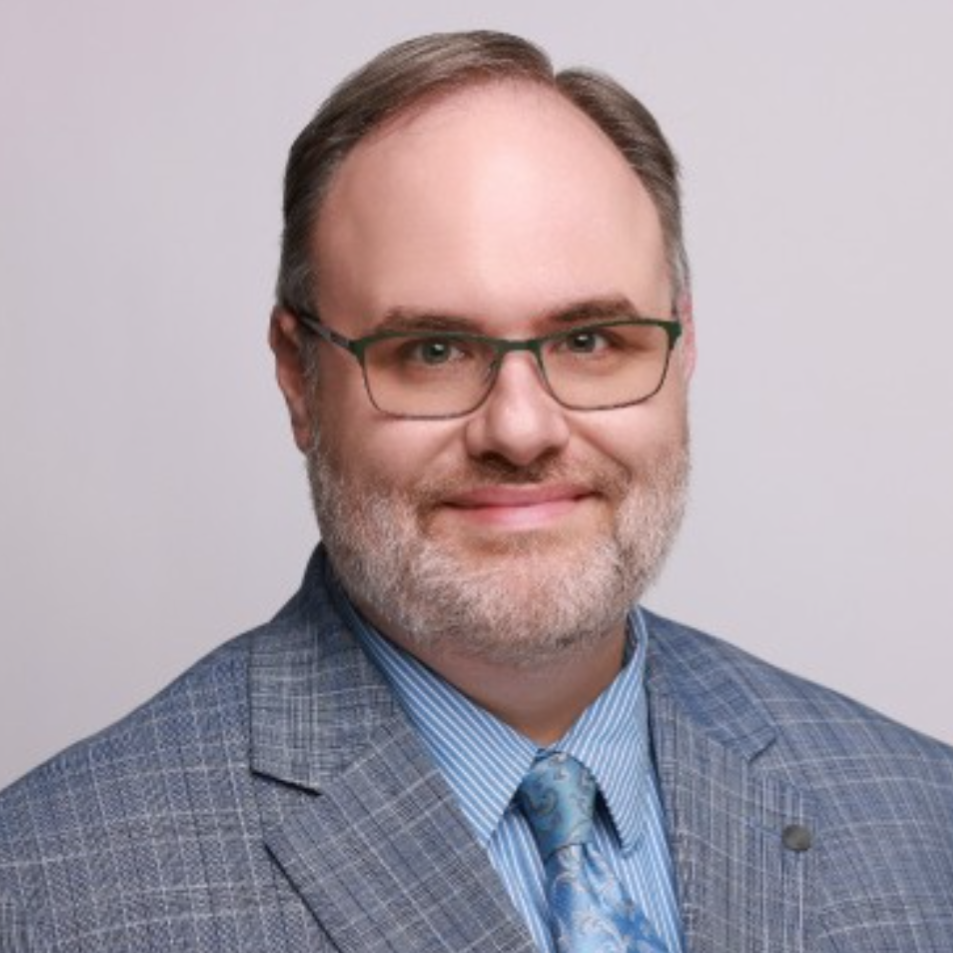


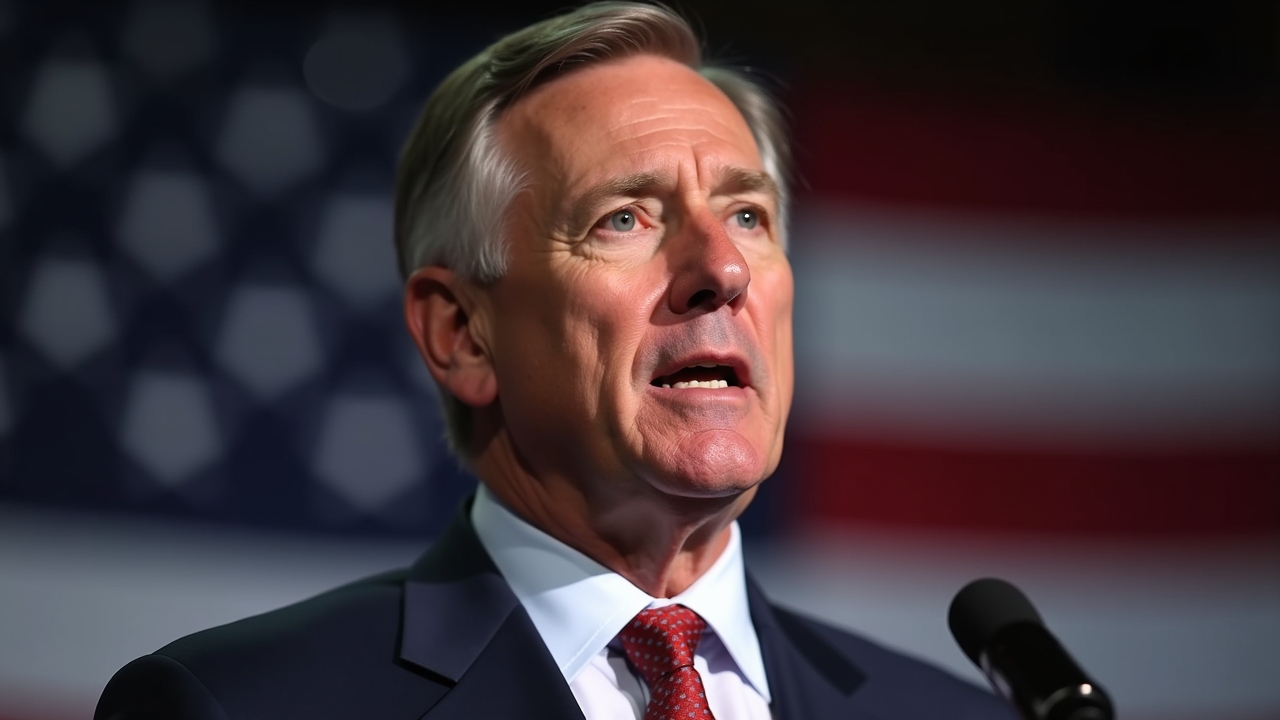









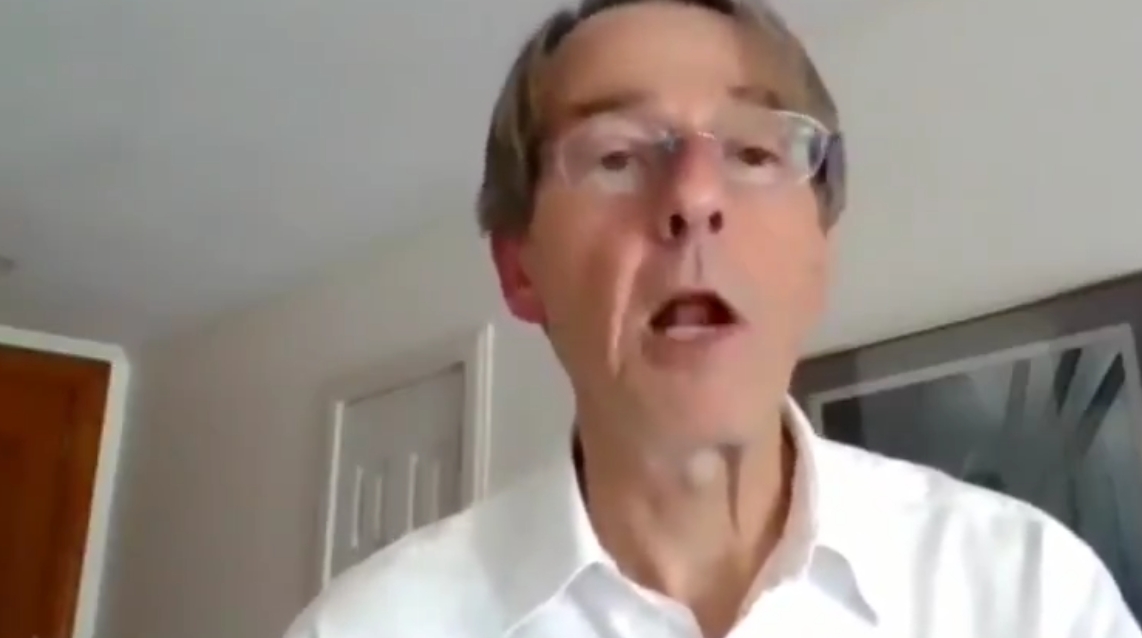


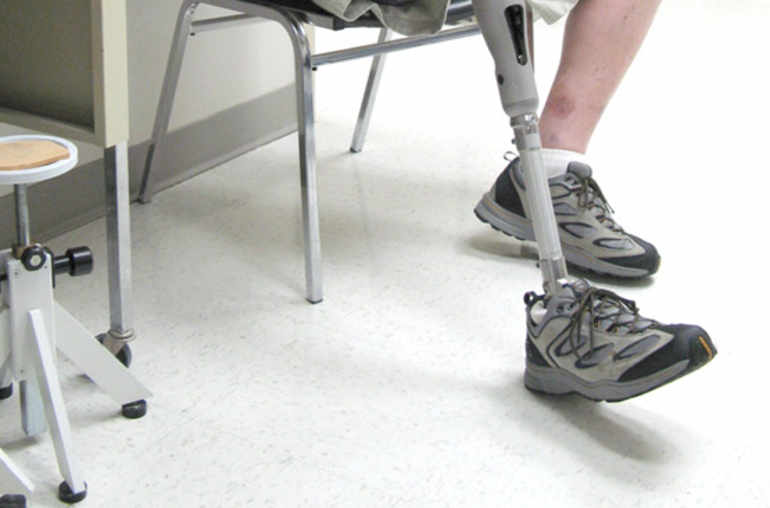
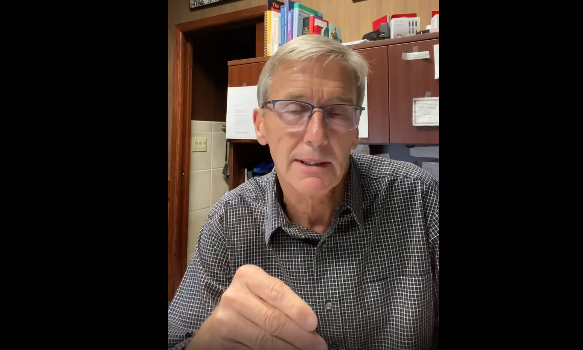



.jpg)



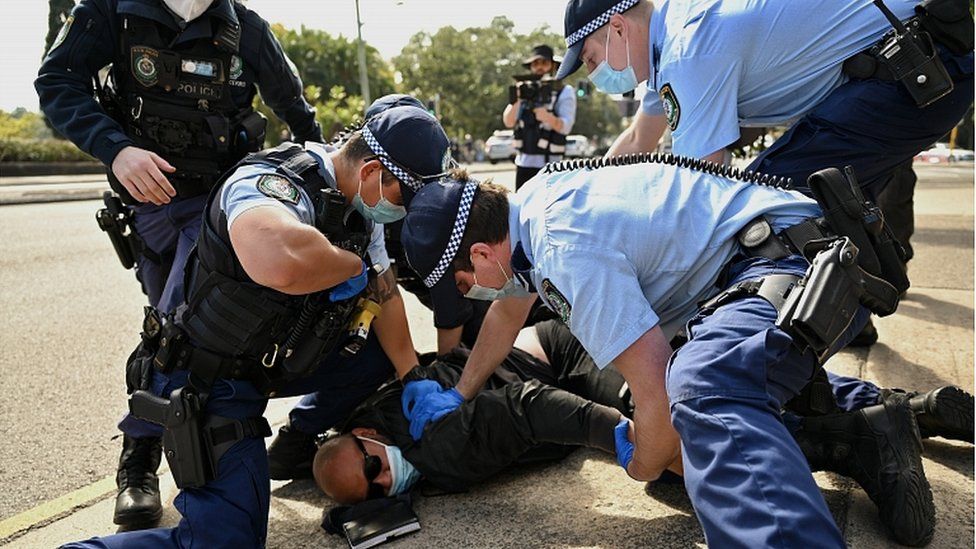


 English (US) ·
English (US) ·  French (CA) ·
French (CA) ·